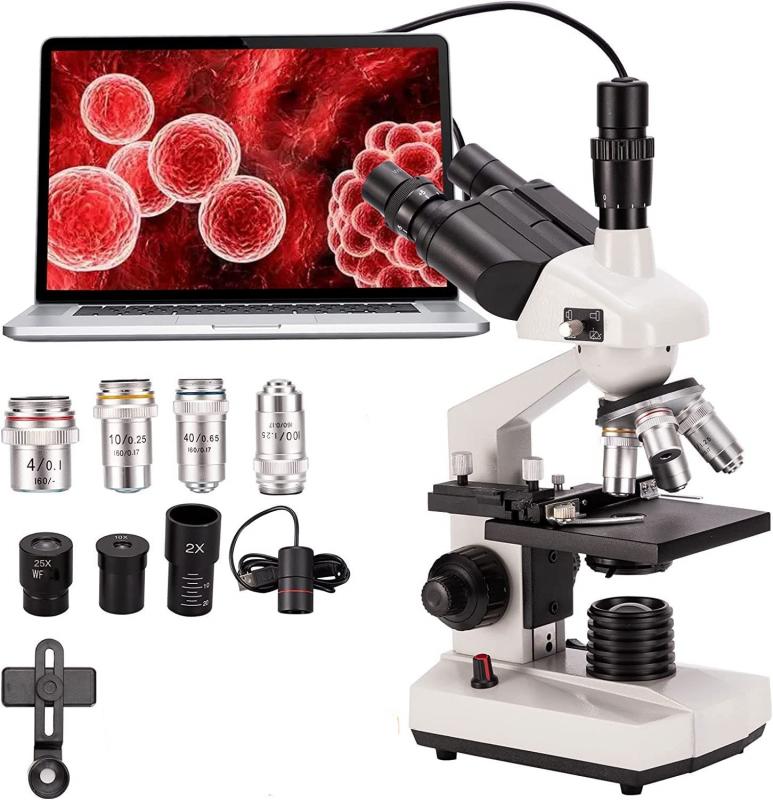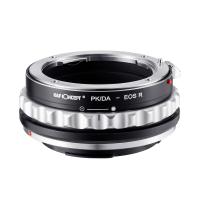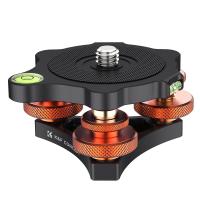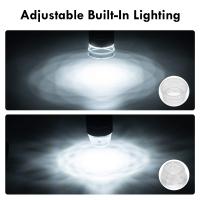How Does An Electron Microscope Work ?
An electron microscope works by using a beam of electrons instead of light to magnify objects. The electrons are focused using electromagnetic lenses and directed onto the object being studied. As the electrons interact with the object, they produce signals that are detected and used to create an image. The resulting image is much more detailed than what can be seen with a traditional light microscope, allowing scientists to study the structure and composition of materials at a much smaller scale. There are two main types of electron microscopes: transmission electron microscopes (TEM) and scanning electron microscopes (SEM). TEMs use a thin sample that is placed in the path of the electron beam, allowing the electrons to pass through and create an image of the internal structure of the sample. SEMs, on the other hand, use a focused beam of electrons to scan the surface of a sample and create a 3D image of its topography.
1、 Electron sources and lenses
An electron microscope is a type of microscope that uses a beam of electrons to create an image of a sample. The electron microscope works by using electron sources and lenses to focus the beam of electrons onto the sample. The electrons interact with the sample, and the resulting signals are detected and used to create an image.
The electron source in an electron microscope is typically a heated filament or a cathode that emits electrons. The electrons are then accelerated using an electric field and focused using a series of lenses. The lenses in an electron microscope are made of magnetic fields that bend the path of the electrons, allowing them to be focused onto the sample.
The latest point of view on electron microscopy is the development of advanced techniques such as cryo-electron microscopy (cryo-EM) and aberration-corrected electron microscopy. Cryo-EM is a technique that allows the imaging of biological samples at near-atomic resolution without the need for staining or fixation. Aberration-corrected electron microscopy is a technique that corrects for aberrations in the electron lenses, allowing for higher resolution imaging.
In summary, an electron microscope works by using electron sources and lenses to focus a beam of electrons onto a sample. The resulting signals are detected and used to create an image. The latest developments in electron microscopy include cryo-EM and aberration-corrected electron microscopy, which allow for higher resolution imaging of biological samples.
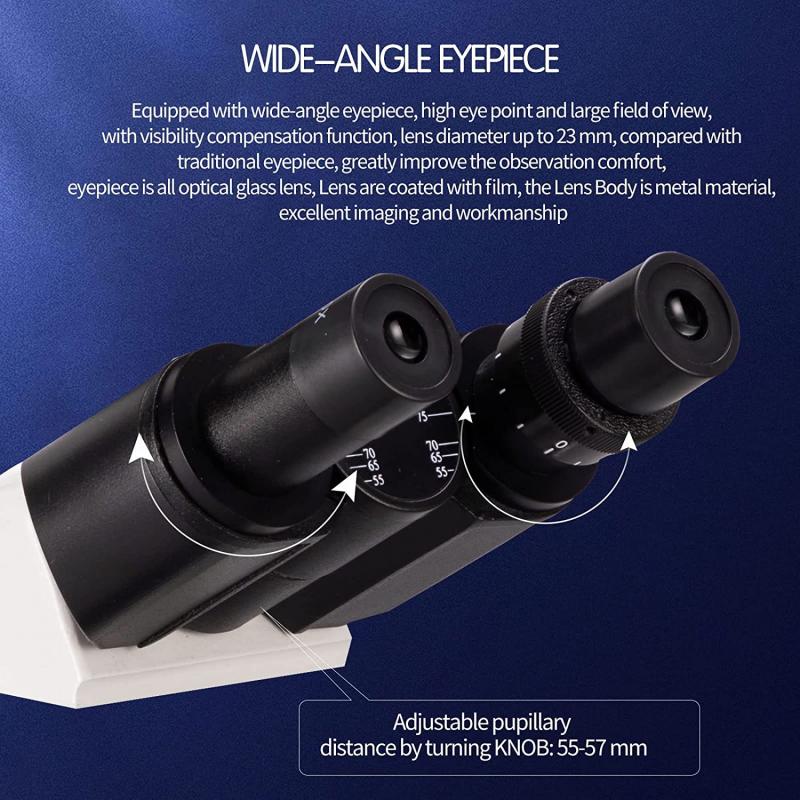
2、 Electron beam formation and control
An electron microscope works by using a beam of electrons instead of light to magnify objects. The electron beam is formed by heating a filament to release electrons, which are then accelerated and focused by a series of electromagnetic lenses. The electron beam is then directed onto the sample, and the electrons interact with the atoms in the sample, producing an image that can be magnified and viewed on a screen.
Electron beam formation and control are critical components of electron microscopy. The electron beam must be precisely focused and controlled to produce high-resolution images. The latest electron microscopes use advanced technologies such as aberration correction and monochromation to improve the resolution and clarity of the images.
Aberration correction involves correcting for distortions in the electron beam caused by imperfections in the lenses. This technology allows for higher resolution and sharper images. Monochromation involves using a beam of electrons with a narrow energy range, which improves the contrast and resolution of the image.
In addition to these advanced technologies, electron microscopes also use detectors to capture the electrons that interact with the sample. These detectors can be used to produce different types of images, such as secondary electron images or backscattered electron images, which provide different types of information about the sample.
Overall, electron microscopy is a powerful tool for studying the structure and properties of materials at the nanoscale. The latest advancements in electron beam formation and control, as well as other technologies, continue to improve the capabilities of electron microscopy and expand its applications in various fields.
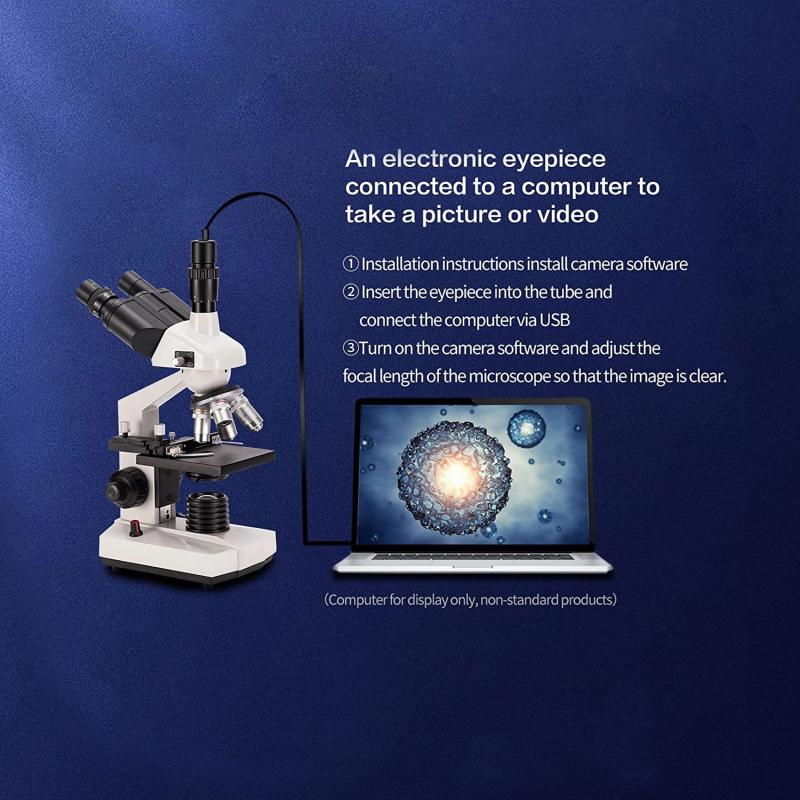
3、 Sample preparation and handling
How does an electron microscope work?
An electron microscope works by using a beam of electrons instead of light to magnify an object. The electrons are focused using electromagnetic lenses, which allow for much higher magnification and resolution than a traditional light microscope. The sample is placed in a vacuum chamber to prevent interference from air molecules, and the electrons are generated by an electron gun and directed towards the sample.
As the electrons interact with the sample, they scatter and produce signals that can be detected and used to create an image. There are two main types of electron microscopes: transmission electron microscopes (TEM) and scanning electron microscopes (SEM). TEMs use a thin sample that is placed on a grid and then sliced into thin sections, allowing for detailed imaging of the internal structure of cells and tissues. SEMs use a sample that is coated with a thin layer of metal and then scanned with a beam of electrons, producing a 3D image of the surface of the sample.
Sample preparation and handling is a critical aspect of electron microscopy, as the sample must be carefully prepared to ensure that it is free of artifacts and distortion. This can involve fixing the sample with chemicals, embedding it in resin, and slicing it into thin sections using a microtome. In recent years, there has been a growing interest in using cryogenic techniques to preserve samples in their native state, allowing for high-resolution imaging of biological molecules and complexes.
Overall, electron microscopy has revolutionized our ability to visualize the structure and function of biological systems at the molecular level, and continues to be a powerful tool for scientific discovery.
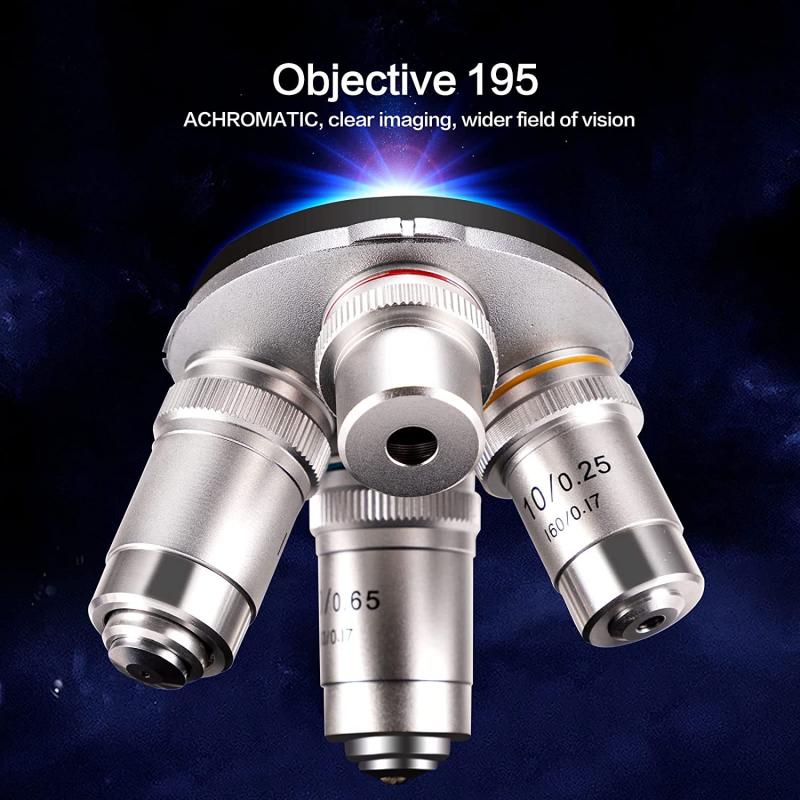
4、 Imaging modes and detectors
An electron microscope works by using a beam of electrons instead of light to create an image of a sample. The electrons are accelerated through a vacuum and focused onto the sample using electromagnetic lenses. As the electrons interact with the sample, they scatter and produce signals that can be detected and used to create an image.
There are several imaging modes and detectors used in electron microscopy. The most common mode is called transmission electron microscopy (TEM), where the electrons pass through the sample and are detected on the other side. This produces a high-resolution image of the internal structure of the sample. Another mode is scanning electron microscopy (SEM), where the electrons are scanned across the surface of the sample and produce a 3D image of the surface topography.
Detectors used in electron microscopy include scintillators, which convert the electron signals into light that can be detected by a camera, and solid-state detectors, which directly detect the electrons and produce a digital signal. The latest development in electron microscopy is the use of aberration-corrected lenses, which can correct for distortions in the electron beam and produce even higher resolution images.
Overall, electron microscopy has revolutionized our ability to study the structure and properties of materials at the nanoscale, and continues to be a powerful tool for scientific research and technological development.
